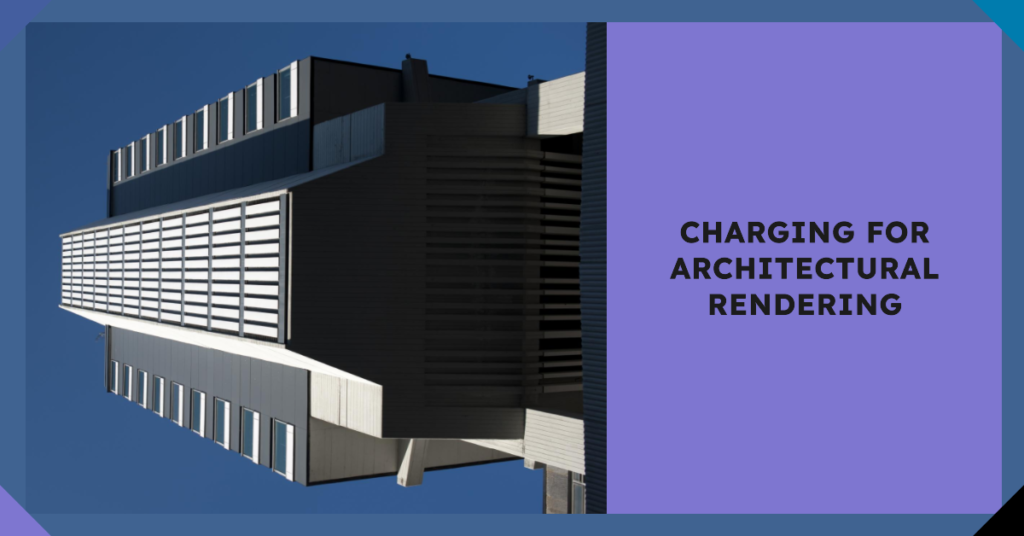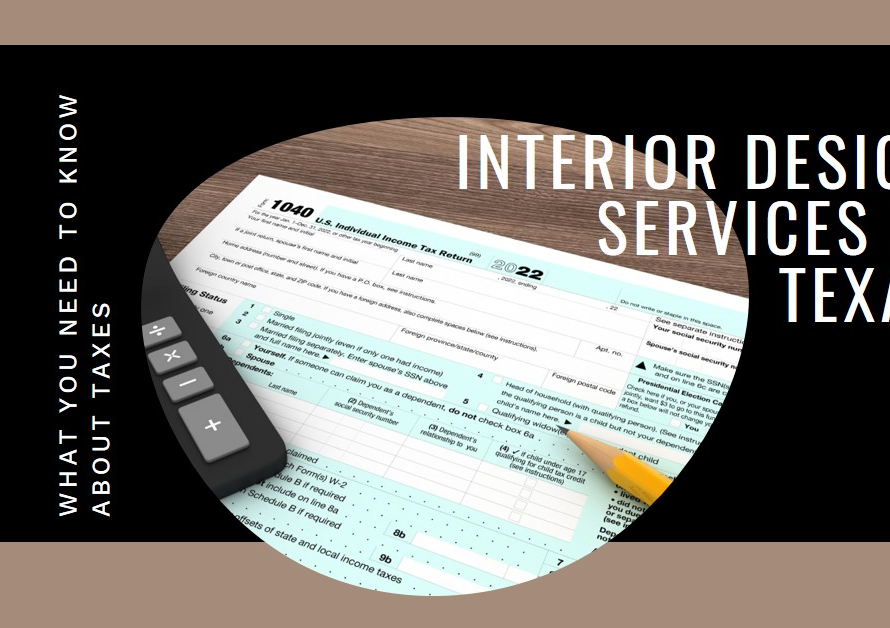
Table of Contents
1. Introduction: Pursuing Your Dream Home with Precision
Embarking on the journey of designing your dream home is an exciting endeavor filled with possibilities. However, it’s crucial to navigate this process with care to avoid common pitfalls that can hinder your vision. This blog post delves into four key mistakes to avoid when planning your dream home, empowering you to create a space that reflects your lifestyle, preferences, and aspirations accurately.
2. Rushing the Design Process: Patience as a Virtue
One of the most significant mistakes homeowners make is rushing through the design process in their eagerness to see their dream home materialize. Designing a home involves intricate decisions regarding layout, functionality, aesthetics, and structural elements, all of which require thoughtful consideration. Rushing this process can lead to overlooked details, design inconsistencies, and dissatisfaction with the final outcome. Take the time to articulate your needs, gather inspiration, work closely with architects and designers, and refine your vision iteratively to ensure every aspect aligns harmoniously.
3. Neglecting Future Needs: Designing for Longevity
A common oversight in dream home planning is focusing solely on current needs without considering future requirements. Your dream home should be adaptable to accommodate lifestyle changes, family dynamics, and evolving needs over time. Neglecting to plan for future growth, accessibility features, aging in place considerations, or flexible spaces can result in costly renovations or discomfort down the line. Engage in foresightful conversations with design professionals to incorporate scalability, sustainability, and longevity into your home design, ensuring it remains functional and appealing for years to come.
4. Overlooking Budget Constraints: Realistic Financial Planning
Dream homes often come with grand visions, but it’s essential to ground these aspirations within realistic budget constraints. Overlooking budget considerations or underestimating project costs can lead to financial stress, compromises in quality, or unfinished aspects of your home. Collaborate closely with architects, builders, and financial advisors to establish a comprehensive budget that accounts for design preferences, materials, labor costs, permits, contingencies, and potential upgrades. Prioritize must-have features while remaining flexible on non-essential elements to maintain financial stability throughout the project.
5. Ignoring Site and Environmental Factors: Contextual Design Integration
Every dream home exists within a specific site context, climate zone, and environmental setting, all of which influence design decisions profoundly. Ignoring site and environmental factors can result in inefficient energy usage, discomfort, and missed opportunities for passive design strategies. Work closely with architects and environmental consultants to conduct site analysis, understand solar orientation, leverage natural ventilation, optimize views, and integrate sustainable design principles seamlessly. By harmonizing your home with its surroundings, you can enhance comfort, reduce environmental impact, and create a cohesive architectural narrative.
6. Sacrificing Functionality for Aesthetics: Balancing Form and Function
Aesthetic appeal is undoubtedly important in crafting your dream home, but prioritizing it at the expense of functionality can lead to dissatisfaction in daily living. Avoid sacrificing essential functionalities, ergonomic layouts, storage solutions, and practical amenities for purely visual allure. Strive for a balance between form and function, where design elements not only look appealing but also enhance livability, efficiency, and convenience. Collaborate with designers to optimize space utilization, circulation flow, natural light ingress, and seamless indoor-outdoor transitions, ensuring your dream home is both beautiful and functional.
7. Disregarding Regulatory Compliance: Navigating Legalities Smoothly
Building your dream home involves navigating a complex web of regulatory requirements, zoning laws, building codes, and permits, which are non-negotiable aspects of construction. Disregarding or overlooking these legalities can lead to project delays, fines, or even legal complications. Partner with experienced architects, engineers, and contractors well-versed in local regulations to ensure your home design complies with all legal and safety standards. Obtain necessary permits, conduct inspections diligently, and maintain open communication with relevant authorities throughout the construction process to streamline approvals and avoid setbacks.
8. Underestimating Interior Design Impact: Holistic Home Cohesion
While focusing on architectural plans and structural elements, homeowners sometimes underestimate the transformative power of interior design in shaping the ambiance and functionality of their dream homes. Interior design encompasses spatial layout, furniture selection, color schemes, lighting design, material choices, and decorative accents, all of which contribute significantly to the overall experience of living spaces. Collaborate with interior designers early in the design phase to align interior aesthetics with architectural concepts seamlessly. Consider lifestyle preferences, ergonomic considerations, sustainability goals, and personal aesthetics to curate interiors that complement and elevate your dream home’s architectural identity.
9. Neglecting Technology Integration: Future-Proofing Your Home
In an increasingly digital world, integrating smart technologies and future-ready infrastructure into your dream home is not just a luxury but a strategic investment in comfort, efficiency, and sustainability. Neglecting technology integration can limit your home’s potential for automation, energy management, security enhancements, and connectivity features that enhance daily life. Collaborate with technology consultants and designers to incorporate smart home systems, energy-efficient appliances, integrated security solutions, home automation controls, and sustainable technologies seamlessly into your home design. Embrace innovations that align with your lifestyle preferences, enhance convenience, and contribute to long-term cost savings and environmental stewardship.
10. Conclusion: Crafting Your Dream Home Journey Wisely


In conclusion, crafting your dream home is a deeply personal and rewarding journey that demands careful planning, collaboration, and foresight. By avoiding common mistakes such as rushing the design process, neglecting future needs, overlooking budget constraints, ignoring site and environmental factors, sacrificing functionality for aesthetics, disregarding regulatory compliance, underestimating interior design impact, neglecting technology integration, and failing to hire experienced professionals, you can navigate this journey with confidence and create a home that embodies your vision, values, and aspirations seamlessly. Partner with trusted experts, communicate openly, prioritize effectively, and embrace the journey of bringing your dream home to life with precision and passion.


